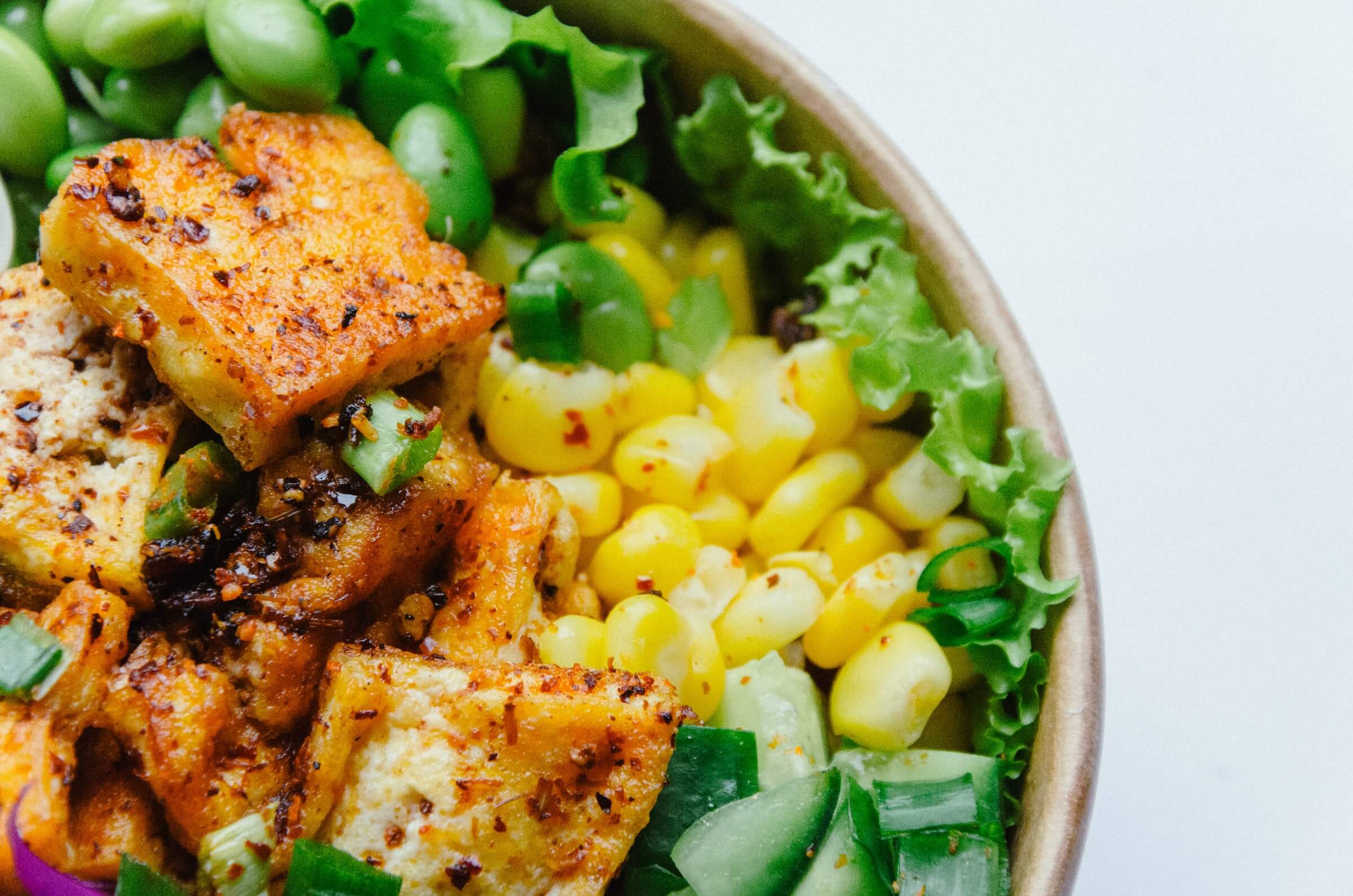Peppermint is the Latest Flavor Superstar
by David Klemt

Just when you think you have a handle on seasonal flavors, along comes the latest and greatest demand from consumers: peppermint.
Perhaps it’s because pumpkin spice shows up earlier each year. Maybe it’s because that hit of frosty peppermint hits the nostalgia button.
It could be as simple as consumers thinking:
- pumpkin is for fall; and
- peppermint is for winter.
Regardless, it appears that people are turning their attention to peppermint.
Of course, that doesn’t mean that pumpkin and pumpkin spice are out of favor completely. A recent trip to a grocer with shelves devoid of pumpkin butter and other pumpkin spice flavors show me people are still snapping it up.
And no, it wasn’t a product shift; staff says those products are flying out the door after each restock.
Instead, I think people are just ready for the next thing. In this case, the next flavor thing. And that flavor, it seems, is peppermint.
Considering that pumpkin spice LTOs appeared in early August this year, it makes sense for many consumers to want something new. After all, they’ve had four months to indulge their pumpkin and pumpkin spice cravings. That’s a third of the year.
Peppermint on the Rise
When delving into F&B and hospitality trends I tend to look at Datassential and Technomic. Both are credible, reliable sources of information.
However, I’m turning to another source, Tastewise, to dive into pumpkin spice and peppermint. For the unfamiliar, Tastewise is an F&B insight platform that uses artificial intelligence to collect real-time consumer behavior data.
First up, pumpkin spice. According to Tastewise, the flavor is up nearly 75 percent in terms of social conversations in 2023. Additionally, four percent of restaurants in the US have pumpkin spice items on their menus. That may not sound like a lot, but that’s more than 33,000 restaurants.
Now, let’s look at peppermint. Per Tastewise, social conversations about this frosty flavor are up almost 22 percent this year. However, peppermint liqueur conversations are up just over 77 percent.
Interestingly, according to Tastewise, peppermint items are on almost eight percent of menus in the US. That’s more than 67,000 restaurants, over double the amount of pumpkin spice.
One note: peppermint is not the same as mint. While peppermint is trending (most likely due to seasonal shift), mint is down nearly 109 percent. So, not all mint flavors and items are equal. This seems particularly true at the moment.
Takeaway
Is everyone on social media, talking about food? No, of course not.
It’s important to note, though, Tastewise’s current market overview. At the time of publication, Tastewise is scanning:
- 8,151,698 people on social media;
- 57,220,294 social media posts;
- 937,070 restaurants;
- 136,278,759 dishes; and
- 5,878,416 recipes.
Operators can and should take industry insights with a grain of salt. Not every fad, trend or item works for every operator and concept.
However, it’s important to know what consumers are talking about and posting to social media. Being a part of some conversations can be a boon for an operator and their bottom line.
So, if introducing a peppermint LTO (or LTOs) will appeal to an operator’s guests—because they take the time to understand them and track their menu item sales—and works with their concept authentically, they should consider becoming a part of this conversation.
Image: Shutterstock. Disclaimer: This content was generated by an Artificial Intelligence (AI) system.



